Not taking all advantage of opportunities from FTAs
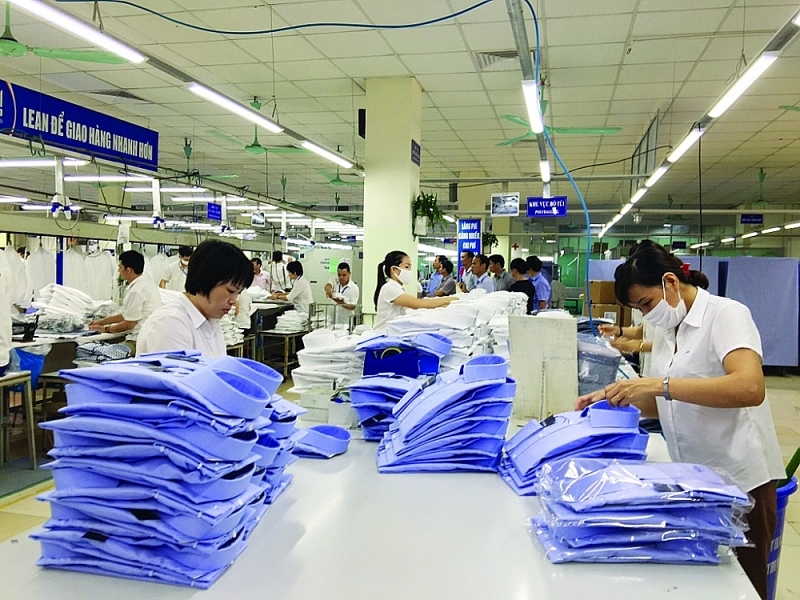 |
| Vietnamese enterprises will face difficulties in taking advantage of FTAs, especially new generation FTAs. Photo: Nguyen Thanh |
Imports and exports have not met expectations
Recently, the supervision mission (Standing Committee of the National Assembly) has reported on the supervision results of "Implementing FTAs to which Vietnam is a member".
The report states that the average growth rate of import-export between Vietnam and FTA trading partners has reached double digits since 2004. Overall, thanks to FTAs, Vietnam's import-export turnover has grown well but has not reached the expected level and depended heavily on traditional markets.
| By the end of 2019, Vietnam signed 13 FTAs and is negotiating three FTAs. Out of 13 FTAs signed, 12 FTAs have entered into force for Vietnam within the scope of the supervision subject of the Supervisory Mission (National Assembly Standing Committee), including one new generation FTA which is the CPTPP approved by the National Assembly in 2018. |
Vietnam started to sign the first FTA with ASEAN countries and took effect in 1995, but until 2003, when Vietnam signed an FTA with China as a member of ASEAN, Vietnam's import-export growth saw clear changes.
Total import and export value reached US$45.4 billionin 2003.
After that, Vietnam continued to sign 12 more FTAs asboth an ASEAN member andan independent party, the scale of import and export is increasingly expanding and reaching the milestone US$517.3 billion in 2019, increasing11 times over 2003.
China, South Korea, Japan and ASEAN countries have become main partners of Vietnam. By the end of 2019, Vietnam had trade deficits for five market groups (China, South Korea, Japan, ASEAN countries and the countries of the Comprehensive and Progressive Agreement for Trans-Pacific Partnership) and trade surplus with the remaining five market groups (India, New Zealand/Australia, Chile, the Eurasian Economic Union and Hong Kong).
Thus, with major partners such as China, Korea, Japan and other countries,after joining the FTAs, Vietnam's trade balance has turned to a high deficit.This shows that Vietnamese goods have not taken advantage of tax incentives to increase exports to these markets. Besides, the structure of import and export goods is not reasonable when Vietnamese goods are often of low value compared to imported goods.
Recently, the effects of the Covid-19 pandemic have also reduced the positive impact of FTAs on Vietnam's exports. A typical example is the CPTPP, in the eight months of 2020, Vietnam's exports only increased with two CPTPP partners that did not have FTAs before including Canada and Mexico. In which, exports to Canada reached US$2.689 billion, up 4.1% over the same period last year; exports to Mexico reached US$2.039 billion, up 6.2% over the same period last year.
Ms. Nguyen Khanh Ngoc, Deputy Director of Europe - America Market Department (Ministry of Industry and Trade) said that FTAs have been increasing competition pressure for the economy and enterprises; requiring adherence to high standards of rules to take advantage of opportunities and limit trade disputes.
“New generation FTAs such as CPTPP and Vietnam-EU FTA (EVFTA) also set strict requirements on quality and standards. Undeniably, joining these FTAs, Vietnam would benefit from tariff reductions (up to 99% of tariff lines). However, in parallel with this, the trend of protection, the application of technical standards, labor, and environmental protection was increasingly high. Non-tariff barriers for imported goods in markets of countries participating in FTAs with Vietnam tend to increase. This is a big challenge for enterprises, affecting the ability to take advantage of tariffs,” Ms. Ngoc said.
Textile is one of the key export sectors of Vietnam. Mr. Truong Van Cam, General Secretary of the Vietnam Textile and Apparel Association, said that one of the big challenges of the current textile and garment industry was that enterprises were weak in raw materials. Vietnam was strong in apparel, but raw materials must be imported. In the EVFTA, Mr. Cam stated that when itwas implemented, the rules of origin from fabric onwards would create huge bottlenecks for textile enterprises.
Enterprises neglect, localities are indifferent
According to the SupervisionMission (National Assembly Standing Committee), there are still many shortcomings in the implementation of FTAs, which directly affect the efficiency of taking advantage of opportunities.
It can be seen that FTAs in general and especially new-generation FTAs such as the CPTPP and EVFTA, have a wide scope of adjustment. In addition to the commitments in the text of the agreement, there is also a very complex system of appendices and it is difficultunderstand commitmentsdue tolanguageand translation differences.
Survey results in 2018 by the Vietnam Chamber of Commerce and Industry (VCCI) showed thatabout 86% of enterprises already knew or learnt about the CPTPP.However, among them, only about 1.86% of enterprises have learnedcarefully about the agreement (according to the same survey results for EVFTA, only 2% of enterprises understood the contents of EVFTA commitments).
Although anumber of seminars and conferences are organized and diversed, the duration is limited and lacks the attention of enterprises. This affects the ability to grasp and apply the provisions of the FTAs when they are deployed in practice.
Notably, about the agencies, although the Government has established the Inter-Agency Steering Committee on International Economic Integration, however, through the process of working with ministries, branches and enterprises, it is shown thatministries and branches have not paid attention to the organization of the focal units and human resources to implement the contents and commitments of the FTAs in the fields of their respective agencies.
Some experts said thatwith the new generation FTAs, Vietnam's current level of economic development and management could not meet the implementation of commitments. In particular, when diversifying foreign investment flows with strong investment flows, as well as high competition from multinational companies, domestic enterprises would face many difficulties.
Talking with reporters from Customs News, Mr. Tran Huu Huynh, Chairman of Vietnam International Arbitration Center (VIAC), said the coordination of information and resources to deploy advantages from the FTAswas still limited.
This was reflected in the lack of coordination in the system amongState agencies as well as between the State agencies and the business community is still fragmented and unclear. He said that the implementation of this connection should have a focalunit for deployment, connecting with the outside and inside, and remove obstacles to make good use of FTAs.
In addition,the connection must be carried out with provinces, from provinces to enterprises, creating soft linkswith each other by using information technology. It is possible to build a website specializing in FTAs linking with 63 provinces and cities so that even micro enterprises and farmers can learn about the deals.
In addition to the above factors, the preliminary organization and evaluation of the implementation of each FTA should be conducted regularly.
If not, the opportunities will pass while the partners exploit them. The Government should check the implementation and the National Assembly should organize effective supervision of each FTA on the basis of assessing the real lossesand benefits of each FTA, said Mr. Tran Huu Huynh.
Related News
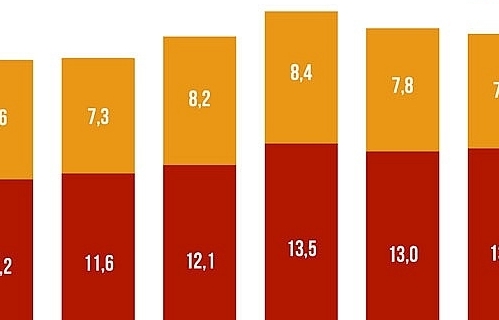
Top 10 Reputable Animal Feed Companies in 2024: Efforts to survive the challenges of nature
18:30 | 21/12/2024 Import-Export
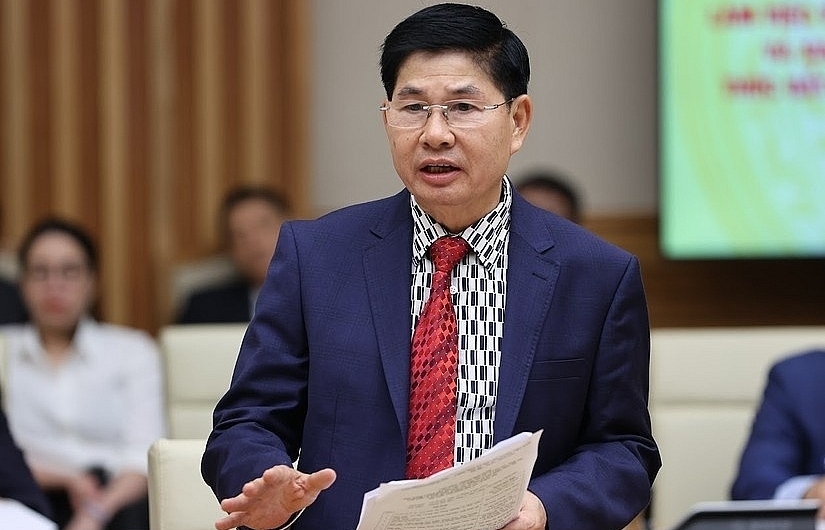
The wood industry seizes opportunities amid changes in the export market
11:22 | 16/12/2024 Import-Export
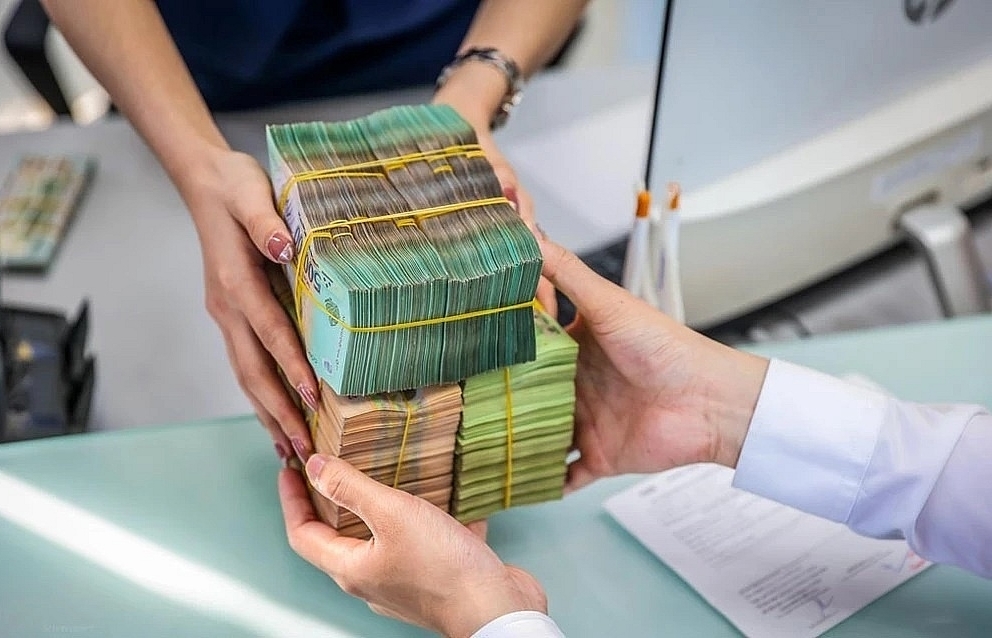
There is still room for credit growth at the end of the year
09:43 | 08/12/2024 Finance

Ho Chi Minh City achieves record state revenue of over VND500 trillion in 2024
10:33 | 10/12/2024 Finance
Latest News

Nghệ An Province anticipates record FDI amidst economic upswing
15:49 | 26/12/2024 Import-Export

Green farming development needs supportive policies to attract investors
15:46 | 26/12/2024 Import-Export

Vietnamese enterprises adapt to green logistics trend
15:43 | 26/12/2024 Import-Export
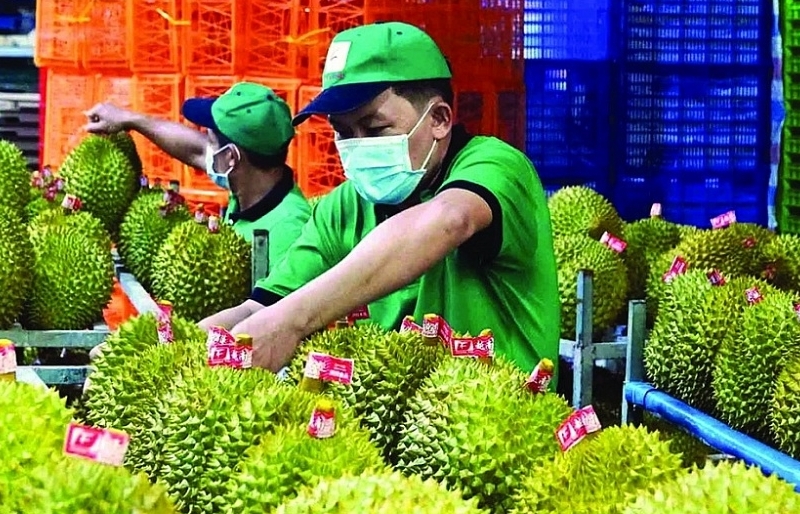
Paving the way for Vietnamese agricultural products in China
11:08 | 26/12/2024 Import-Export
More News

VN seafood export surpass 2024 goal of $10 billion
14:59 | 25/12/2024 Import-Export

Exporters urged to actively prepare for trade defence investigation risks when exporting to the UK
14:57 | 25/12/2024 Import-Export

Electronic imports exceed $100 billion
14:55 | 25/12/2024 Import-Export

Forestry exports set a record of $17.3 billion
14:49 | 25/12/2024 Import-Export
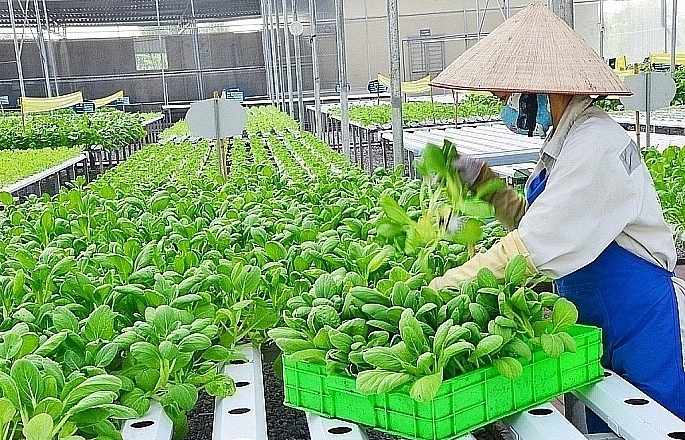
Hanoi: Maximum support for affiliating production and sustainable consumption of agricultural products
09:43 | 25/12/2024 Import-Export

Việt Nam boosts supporting industries with development programmes
13:56 | 24/12/2024 Import-Export

VN's wood industry sees chances and challenges from US new trade policies
13:54 | 24/12/2024 Import-Export

Vietnam's fruit, vegetable exports reach new milestone, topping 7 billion USD
13:49 | 24/12/2024 Import-Export

Aquatic exports hit 10 billion USD
13:45 | 24/12/2024 Import-Export
Your care

Nghệ An Province anticipates record FDI amidst economic upswing
15:49 | 26/12/2024 Import-Export

Green farming development needs supportive policies to attract investors
15:46 | 26/12/2024 Import-Export

Vietnamese enterprises adapt to green logistics trend
15:43 | 26/12/2024 Import-Export

Paving the way for Vietnamese agricultural products in China
11:08 | 26/12/2024 Import-Export

VN seafood export surpass 2024 goal of $10 billion
14:59 | 25/12/2024 Import-Export





